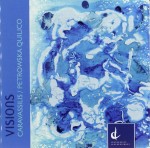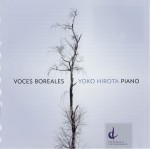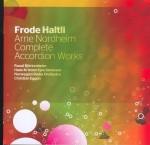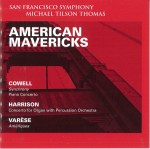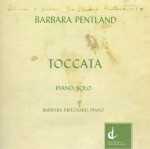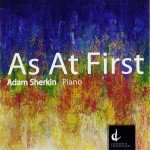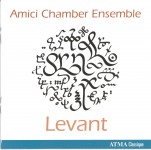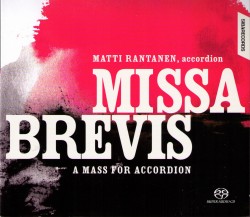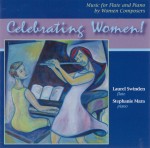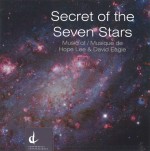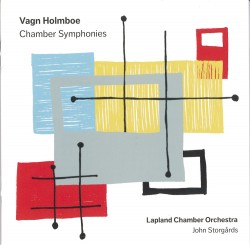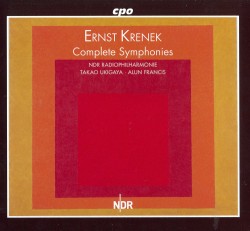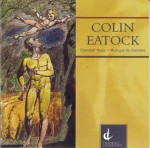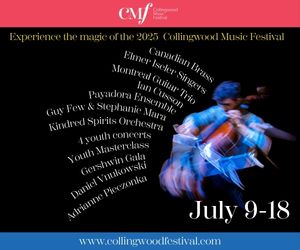A Little Knight Music – Selected works
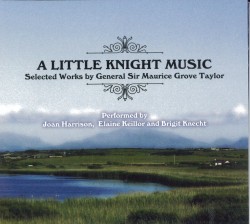 A Little Knight Music – Selected works
A Little Knight Music – Selected works
by General Sir Maurice Grove Taylor
Joan Harrison; Elaine Keillor; Brigit Knecht
Independent
The Ottawa-based cellist Joan Harrison has produced a fascinating and delightful CD on her own label, The Enterprising Rabbit, featuring the music of the amateur English composer General Sir Maurice Grove Taylor(1881–1961) cleverly titled A Little Knight Music. Taylor was a career soldier in the British army, but his abiding passion was music. Despite being a distinguished and highly regarded piano professor at the Royal College of Music, his father Franklin Taylor refused to teach his son, who was consequently entirely self-taught.
Composed essentially for fun, and primarily for private performance, Taylor’s music exists only in manuscript form. On the evidence of this CD it’s interesting, competent and attractive writing, albeit with little sense of any real development.
Harrison is joined by pianist Elaine Keillor for the Sonata for Cello and Piano; violinist Brigit Knecht is the third member in the Trio for Violin, Violoncello and Piano, which has a simple but very effective slow movement. Both works needed a few touches from Keillor to finish the incomplete finales.
The other four works on the CD — the Llyn Maelog Suite, Fair Winds, Brave Wind and Sunset — were originally for violin and piano (Taylor’s wife was a fine violinist) and were transcribed for cello by Harrison.
This isn’t music that will change the world, but it does prove yet again that the exploration of the byways of music can yield such satisfying results. The playing throughout is exemplary, and it’s beautifully recorded too.
Harrison, who discovered this music through a chance encounter with one of the composer’s grandsons, plans to make the music for the recorded works available on her websites, joanharrisonmusic.com and enterprisingrabbit.com, where the CD will also be available for purchase. The sheet music should be available for download this month.


